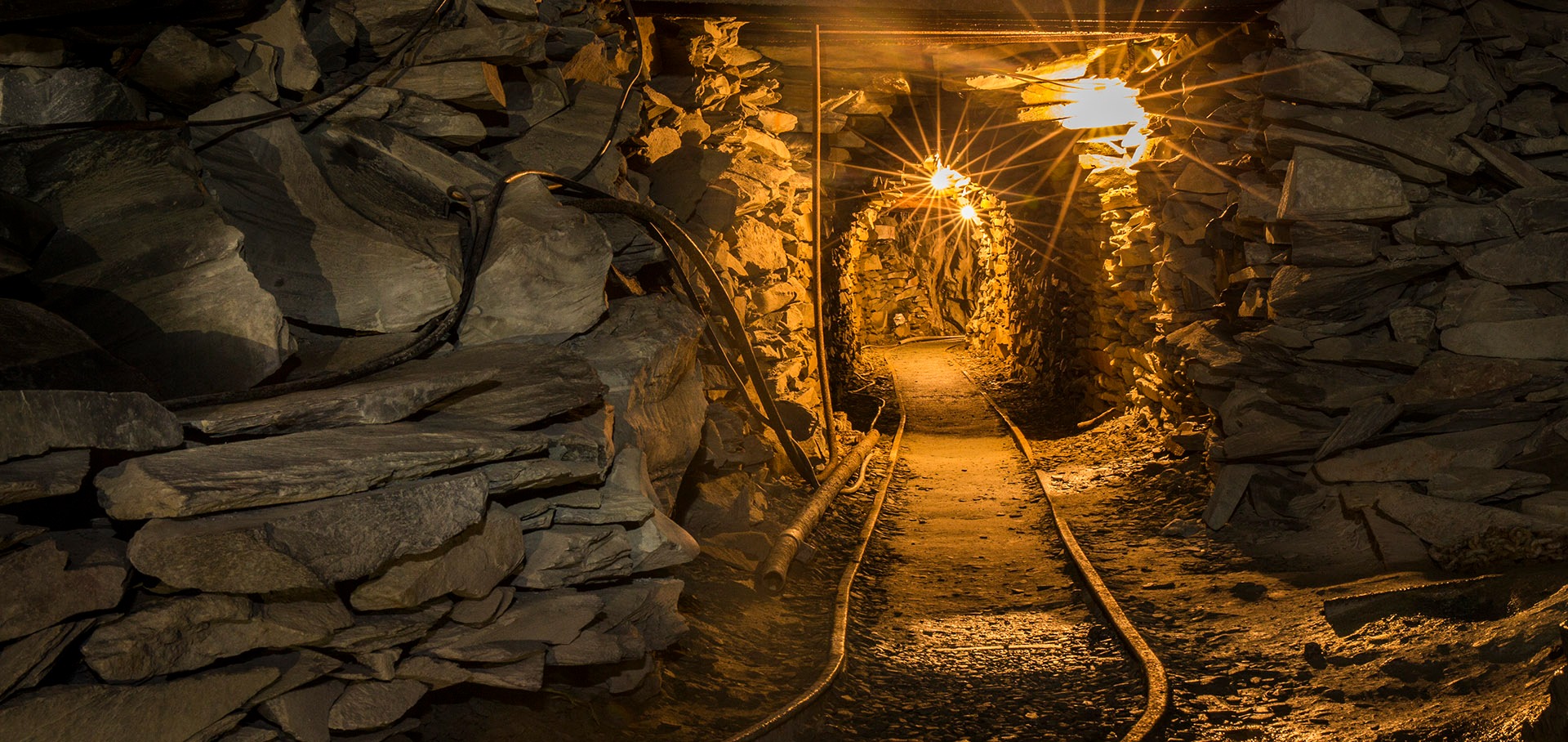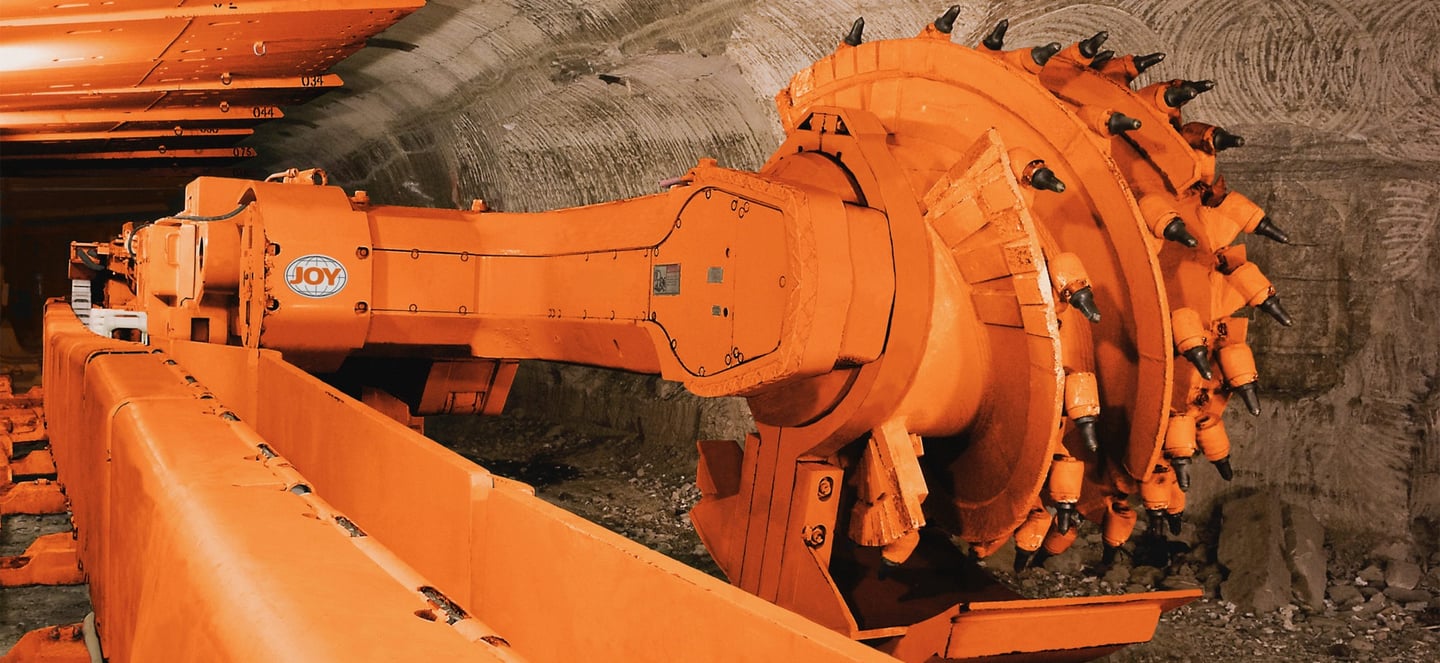Type A & B 1.1/1.1kV Mining Cables-AS/NZS 1972:2006
Underground coal mining operations require specialized electrical cables that can withstand harsh environmental conditions while maintaining safety and reliability. Among these critical components are the AS/NZS 1972:2006 Type A & B 1.1/1.1kV mining cables, which play a vital role in power distribution within underground mining facilities.
5/22/20256 min read

Type A & B 1.1/1.1kV Mining Cables-AS/NZS 1972:2006
Introduction
Overview of AS/NZS 1972:2006 Standard
The AS/NZS 1972:2006 standard is a comprehensive specification that governs the construction and performance requirements for electric cables used in underground coal mines. This standard specifically addresses cables for fixed apparatus, armoured high voltage cables, feeder cables, machine cables, and mine shaft winder cables designed for underground use. The standard ensures that these cables meet stringent safety and performance criteria necessary for the challenging underground mining environment.
Importance in Mining Operations
In underground coal mining operations, electrical safety is paramount. The AS/NZS 1972:2006 standard ensures that cables maintain their integrity and performance in environments characterized by moisture, dust, mechanical stress, and potential exposure to corrosive substances. These cables form the backbone of the electrical infrastructure that powers essential mining equipment, lighting systems, and safety devices, making their reliability crucial for both operational efficiency and worker safety.




Application Scenarios
Underground Coal Mines
AS/NZS 1972:2006 Type A & B cables are specifically designed for use in underground coal mining environments. They serve as the primary means of electrical power distribution for fixed installations and equipment connections throughout the mine. These cables are engineered to handle the unique challenges posed by underground conditions, including limited ventilation, high humidity, and potential exposure to mining byproducts.
Feeder Cables
One of the primary applications for Type A and B cables is as feeder cables within the mining electrical system. These cables serve as the main arteries for power distribution, carrying electrical energy from main distribution points to various machinery and equipment throughout the mine. They are particularly well-suited for longwall supply applications, where consistent and reliable power delivery is essential for continuous mining operations.
The distinction between Type A and Type B cables lies primarily in their optional features. Type A cables can be equipped with up to three pilot conductors, which provide additional functionality for control and communication signals alongside power transmission. This feature makes Type A cables particularly valuable in applications requiring integrated power and control systems.
Exclusions
It's important to note that the AS/NZS 1972:2006 standard has specific limitations regarding its application scope. These cables are not suitable for reeling and trailing applications, which involve cables that must be moved frequently or wound on reels. Such applications are governed by a separate standard, AS/NZS 1802, which addresses the unique requirements for mobile cable applications in mining environments.


Electrical Parameters and Construction
Voltage Rating
The AS/NZS 1972:2006 Type A & B cables are rated for 1.1/1.1 kV operation, where the notation represents the voltage between conductor and earth (Uo) and the voltage between conductors (U). This voltage rating makes them suitable for medium-voltage distribution applications within mining facilities, providing adequate power capacity for most underground equipment while maintaining safety margins.
Conductor Material
The cables feature flexible stranded tinned annealed copper conductors, which provide excellent electrical conductivity and flexibility. The tinning process enhances the copper's resistance to corrosion, a critical feature in the humid and potentially corrosive underground mining environment. The stranded construction allows for flexibility during installation and operation while maintaining excellent current-carrying capacity.
Insulation System
The insulation system employs EPR (Ethylene Propylene Rubber), a material specifically chosen for its excellent electrical properties and resistance to environmental stresses. EPR insulation provides superior performance in terms of electrical breakdown strength, flexibility at low temperatures, and resistance to moisture and chemical exposure. An elastomer center filler is used to maintain the cable's round cross-section and provide additional mechanical protection.
Screening and Earthing
A crucial safety feature of these cables is the copper wire screen that serves as an earth conductor. This screening system provides a low-impedance path for fault currents and helps contain electromagnetic interference. The screen construction ensures reliable earthing, which is essential for personnel safety and proper operation of protective devices in the mining electrical system.
Outer Sheath Protection
The cables are protected by a heavy-duty PCP (Polychloroprene) sheath, also referred to as CPE (Chlorinated Polyethylene) in some specifications. This outer sheath provides mechanical protection against physical damage, chemical resistance against mining environments, and additional moisture protection. The heavy-duty construction ensures long-term durability even under challenging installation and operating conditions.
Technical Specifications and Dimensions
The AS/NZS 1972:2006 cables are available in a comprehensive range of conductor sizes to meet various power requirements in mining applications. The conductor areas range from 16 mm² to 240 mm², accommodating everything from smaller equipment connections to major feeder applications.
For smaller applications, the 16 mm² and 25 mm² variants provide suitable capacity for lighting circuits and smaller equipment. Mid-range sizes like 50 mm², 70 mm², and 95 mm² are commonly used for medium-power applications such as conveyor systems and auxiliary equipment. The larger conductor sizes, including 120 mm², 150 mm², 185 mm², and 240 mm², are designed for high-power applications such as main feeder circuits and large mining machinery.
The cable construction varies with conductor size to optimize performance and handling characteristics. Smaller cables use 7-strand or 19-strand conductor construction, while larger cables employ 37-strand or 61-strand construction to maintain flexibility despite the increased conductor area. The insulation thickness increases with conductor size to maintain proper electrical clearances and voltage withstand capability.



Common Questions and Considerations
Primary Applications
The primary use of Type A & B 1.1/1.1kV mining cables is as feeder cables for power distribution within underground coal mines. They excel in applications requiring reliable power delivery to stationary equipment and machinery, making them ideal for longwall supply systems and fixed installation power distribution.
Application Limitations
These cables are specifically designed for fixed installations and are not suitable for reeling and trailing applications. Mobile equipment requiring cables that are frequently moved or wound on reels must use cables designed to AS/NZS 1802 standards, which address the additional mechanical stresses associated with such applications.
Material Selection Rationale
The choice of EPR insulation and PCP sheath materials reflects careful consideration of the mining environment's demands. EPR provides excellent electrical properties while maintaining flexibility and resistance to environmental stresses. The PCP sheath offers superior mechanical protection and chemical resistance compared to standard PVC sheaths, justifying its use in demanding mining applications.
Voltage Rating Significance
The 1.1/1.1 kV rating represents a balance between power delivery capability and safety considerations. This voltage level provides adequate power capacity for most mining equipment while remaining within the medium-voltage category, which allows for appropriate safety procedures and equipment design.
Standard Compliance
The construction of these cables is governed by AS/NZS 1972:2006, supplemented by related standards such as AS/NZS 1125 and AS/NZS 3808. This multi-standard approach ensures comprehensive coverage of electrical, mechanical, and safety requirements specific to underground coal mining applications.
Conclusion
AS/NZS 1972:2006 Type A & B 1.1/1.1kV mining cables represent a specialized solution designed specifically for the demanding environment of underground coal mining. Their robust construction, featuring tinned copper conductors, EPR insulation, and heavy-duty PCP sheathing, ensures reliable performance in challenging conditions. Understanding their proper applications, limitations, and specifications is crucial for safe and effective electrical system design in mining operations.
The distinction between Type A and Type B variants, primarily the availability of optional pilot conductors in Type A cables, allows system designers to select the most appropriate solution for their specific applications. Whether used for main feeder circuits or smaller distribution applications, these cables provide the reliability and safety required for successful underground mining operations.
By adhering to the AS/NZS 1972:2006 standard and understanding the cables' capabilities and limitations, mining engineers can ensure that their electrical systems provide the safe, reliable power distribution essential for productive and secure mining operations.




